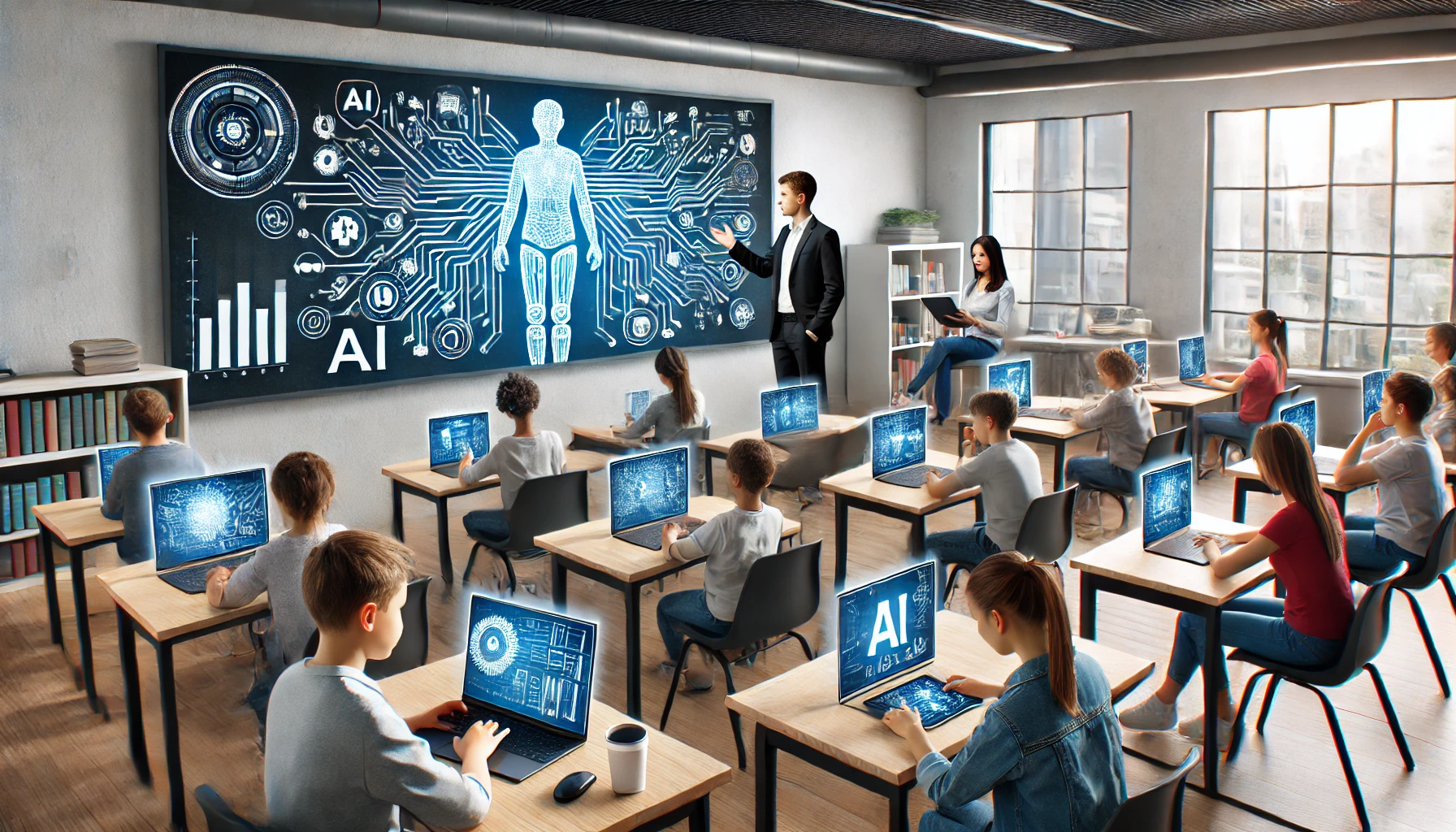Achieving Results with AI in Education
Measure the impact of AI tools on student learning and engagement.

In the modern educational landscape, artificial intelligence (AI) tools have emerged as game changers, significantly transforming how students learn and engage with their studies. As these tools become more prevalent, measuring their impact on student learning and engagement is imperative for educators, administrators, and policymakers. AI applications such as personalized learning platforms, intelligent tutoring systems, and chatbots are not only revolutionizing the traditional educational framework but also enabling students to explore their potential in unique ways. However, achieving tangible results demands a nuanced understanding of how these tools operate and interact with both students and educators in various learning environments.
The effect of AI in education is profound, encompassing a wide array of functionalities that manifest in both direct and indirect learning outcomes. One of the most significant advantages of AI is its capability to personalize the learning experience. With adaptive learning systems, students receive customized content tailored to their individual learning styles, strengths, and weaknesses. Research indicates that this personalized approach can lead to improved performance and higher student engagement, as learners feel more connected to the material and confident in their abilities. However, the success of these tools hinges not just on their sophisticated algorithms but also on how well educators can incorporate them into their teaching strategies.
“AI in education must be viewed as a partner to educators, enhancing but not replacing the fundamental human element of teaching.”
In contemplating the impact of AI tools, we must also consider the importance of teacher-guided control. Teachers play a crucial role in leveraging AI technologies in the classroom. They are responsible for integrating these tools in a way that complements their teaching styles and addresses the diverse needs of their students. When teachers are adequately trained to utilize AI tools, they can foster an environment where AI not only supports but enhances the learning process. For instance, teachers can use AI-driven analytics to track student progress, identify areas of struggle, and modify their instruction accordingly. This level of involvement ensures that AI does not operate in a vacuum but is instead part of a holistic educational approach.
Studies have also highlighted how engaging with AI tools can help improve student motivation and confidence. When students see that their educational needs are being addressed through AI, their engagement in coursework tends to rise. They are more likely to participate in class discussions or seek additional help when needed. These tools provide instant feedback, which is valuable for students to understand their learning curves. Furthermore, AI can help create more interactive learning environments, such as gamified lessons that keep students excited about learning. This transformation in engagement constitutes a vital aspect of measuring the overall impact of AI tools in education.
“The true measure of AI tools in education lies in their capacity to stimulate not just cognitive skills but emotional engagement as well.”
Moreover, the role of parents and guardians in the educational ecosystem also shifts with the introduction of AI tools. These technologies often provide insights into a student's academic performance, allowing parents to understand how their children are progressing and where they might need additional support. Additionally, parental involvement can amplify the benefits of these AI systems, creating a collaborative environment for the student. When parents are informed of the AI metrics and engage with teachers, it lays the groundwork for a supportive and enriched learning experience.
Despite the advantages, the integration of AI tools in education is not without challenges. Concerns about data privacy, the reliability of AI-generated insights, and the digital divide are pressing issues that need to be addressed. Educators and institutions must navigate these concerns carefully to ensure that the tools enhance the learning experience rather than detract from it. Furthermore, continuous evaluation and accountability measures are essential to ascertain whether these tools are achieving the intended educational outcomes in various settings.
Looking forward, the potential of AI in education continues to evolve. Innovative developments like machine learning and natural language processing open up new avenues for enhancing teaching and learning. For instance, AI can help in analyzing trends in student performance over time, aiding educators in identifying long-term patterns and adjusting curricula accordingly. This data-driven approach can lead to systemic improvements in educational strategies, creating a cycle of continuous growth and enhancement.
In summary, the impact of AI tools on student learning and engagement is multifaceted and promising when navigated effectively with teacher-guided control. The collaboration between AI technologies, educators, students, and parents cultivates an enriched learning environment that embraces modern challenges while fostering individual growth. If educators are intentional in their approach, the results of integrating AI tools can lead to transformative changes in education, equipping students with the skills and knowledge they need to thrive in an increasingly competitive world.